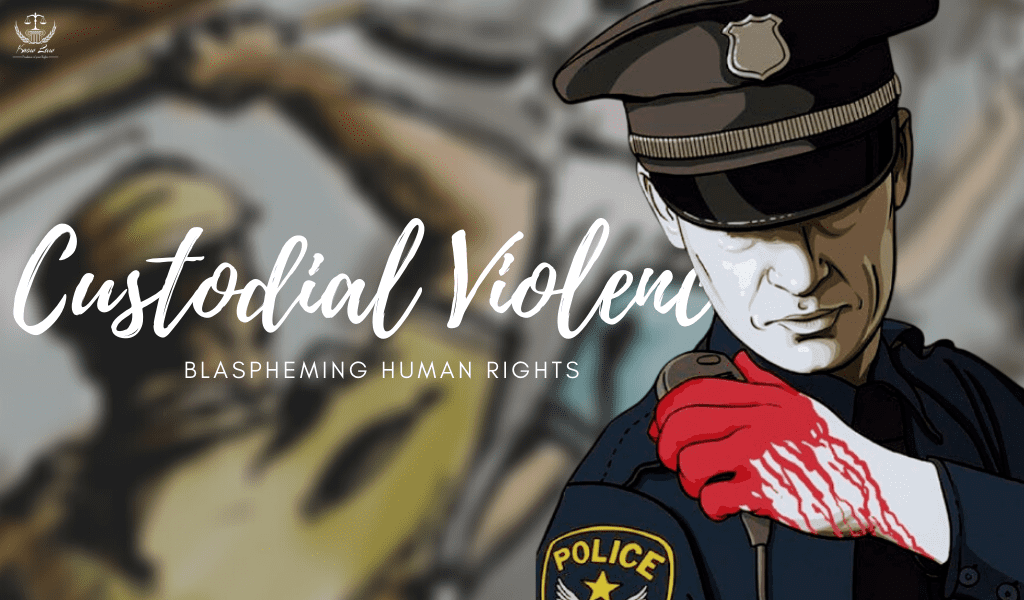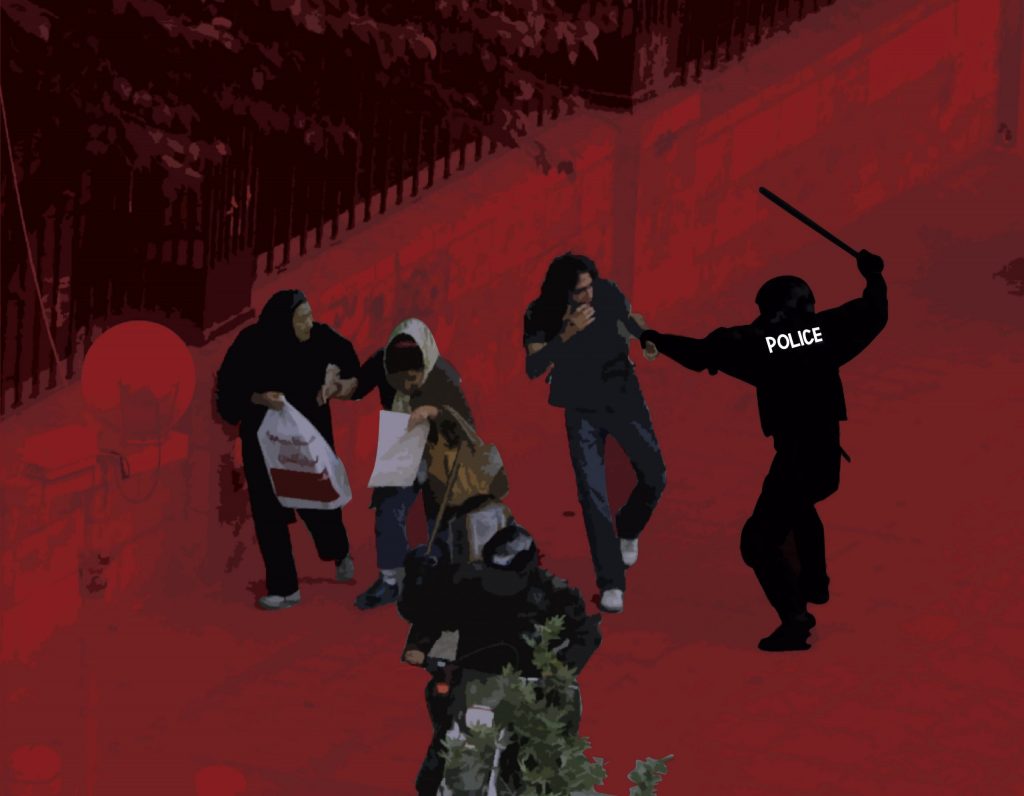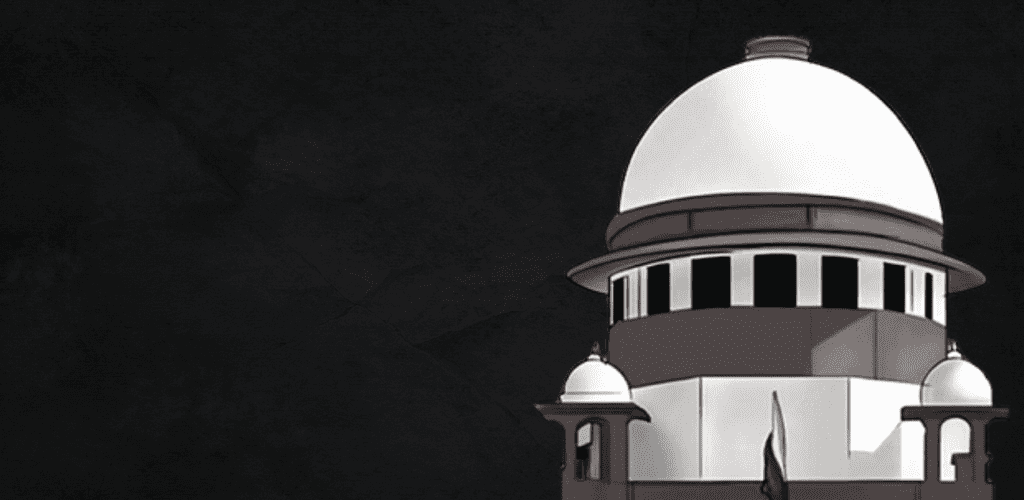
It is a contentious topic that raises concerns about morality, dependability, and effects on the criminal justice system when police in India and many other nations utilize brutal interrogation tactics. The purpose of this essay is to examine how the police utilize such techniques, the ethical issues they generate, the accuracy of the information they gather, and the ramifications for the criminal justice system.
India – The Police Question
Any criminal justice system’s foundation and point of departure for action is violation. The custodians of law have the authority to initiate this activity and oversee its development. But when these persons, who have been given the honor of governing the nation’s civil life, undermine their own authority, the confidence of the average citizen in the political system is destroyed. For many years now, the main obstacle to abusive police control has been custodial brutality. The entire concept of holding a human being for any reason other than their protection and upbringing is incompatible with human life.
The definition of “violence” includes the act or character of being violent, using excessive force without cause or constraint, and causing physical hurt. Violence has been described as the intentional use of force by one person against another with the intent to harm that person. The harm might be psychological, physical, or other. Violence may be simply defined as an activity intended to cause harm to a person or damage to property. Custodial violence is a word used to describe violence done by a police authority against a person.
Therefore, “a senseless exhibition of superiority and physical power over the one who is overpowered; an inhuman trait that springs out of a perverse desire to cause suffering when there is no possibility of any retaliation” can be used to describe custodial violence, which, according to the Law Commission of India, is a crime committed by a public servant against the arrested or detained person who is in custody.
Understanding Custodial Violence

Custodial violence is defined by Justice B.P. Jeevan Reddy as “torture, death, rape, and excessive beating in police custody.” Custodial violence continues to be the leading cause of mortality in jails and lockups, even though overcrowding, starvation, unclean conditions, and a lack of medical treatment are some of the reasons for death in police and judicial custody. Custodial violence is a broad phrase that encompasses all forms of torture, third-degree assault, cruelty, the use of force against one’s will, etc.
Custodial abuse includes unlawful detention, wrongful arrest using a third-degree method, humiliating the suspects, using foul language, preventing them from sleeping, coercing confessions, padding up the evidence, using the power of handcuffs improperly, preventing them from meeting with attorneys or family members to make accusations, denying them food, etc.
However, third-degree or torture is the most prevalent and widespread type of police-inflicted violence in detention facilities. Under the cover of an inquiry and an interrogation, police officers harm the people they are holding. The fact that this crime was done against the residents by the exact person who is regarded as their protector makes it all the more awful. The victim is completely defenseless in these situations since it is perpetrated behind the protection of uniform and authority within a police station or prison. the defense of a person against police brutality, misuse of authority, and
In a free society, there should be serious worry about other law enforcement officials. Compared to other forms of violence, police aggression against those it is holding is significantly more often. The fundamental cause of it is that those who experience such violence are powerless to resist it. Police officers fabricate evidence against them by using their official position. The majority of the time, death while in custody is not noted in the lockup’s records, and the police make every attempt to either dispose of the body or establish that the individual who was detained died after being let out of custody.
Due to brotherhood links, every accusation about torture is ignored. Since the police lockup where most torture or injury occurs is hidden from public view and the witnesses are either policemen or fellow prisoners who are extremely reluctant to testify as prosecution witnesses out of fear of retaliation by the superior officers of the police, there is no direct evidence to support the charge of torture or causing hurt that results in death. Although the Criminal Procedure Code and the Indian Penal Code both contain safeguards intended to protect a citizen’s personal liberty and life, the rising incidence of torture and fatalities while under police custody has been alarming.
Experience has shown that the worst human rights abuses occur when police are conducting an investigation and, in an effort to obtain evidence or confessions, frequently use third-degree methods, such as torture, and techniques for making arrests by either failing to record them or simply referring to the deprivation of liberty as “prolonged interrogations.” It is definitely distressing to read the morning newspapers when nearly every day there are accounts of dehumanizing torture, assault, rape, and death in police custody or other government agencies. The prevalence of torture and deaths in jail has reached such frightening levels that it is eroding public confidence in the rule of law and how the criminal justice system is run. The outcome is that society is understandably alarmed.
Justice-related cries from society get louder. The harshest condemnation is required for any type of torture or cruel, inhuman, or humiliating treatment that takes place during an inquiry, an interrogation, or in any other situation. Government employees breaking the law will inevitably engender disrespect for the law, which is something that no civilized country can tolerate. Custodial abuse may be either physical or psychological. It might also include willful inactivity or egregious carelessness. When a person with high blood pressure or another condition for whom taking medication continuously is practically necessary is not allowed to do so, the man either develops major health issues or passes away. The State was held accountable for damages for its egregious carelessness in safeguarding the individual in custody after the Apex Court ruled that it was an instance of custodial abuse.
Major Factors behind Custodial Violence
Custodial violence has continued uninterrupted throughout the years, despite the fact that every aspect of society is worried about it. Even while the rate of literacy has improved and more people are aware of their rights and obligations, it seems to be increasing every year. Police are the primary branch of the criminal justice system that deals with those who are detained. Finding out the conditions that govern this agency and lead to the abuse of persons under their care will thus be important. This section makes an effort to identify the underlying causes of the issue of custodial violence. In order to do this, it is crucial to understand the circumstances in which police operate and how they approach suspects.
Fundamental Reasons behind Custodial Violence

Work Stress
Given the deteriorating law and order situation, riots, political unrest, student unrest, terrorist activities, and rising incidence of bribery, corruption, tax evasion, fiscal law violations, smuggling, and money laundering, the police in India have a challenging and sensitive task at hand. Gangs of organized criminals are becoming more entrenched in society. They frequently conduct crimes using cutting-edge weapons, explosives, and other tools while leaving no trace of their actions. Dealing with terrorist and rebel organizations differs greatly from dealing with regular criminals. These criminals have had extensive training, have become tough, and have access to cutting-edge weapons. They are always more than a match for a regular police officer holding a little revolver or even a pistol that is often given to him.
A clever criminal may, in fact, avoid the law’s reach for virtually ever. The Indian police today is hindered not by its size but rather by a lack of infrastructure, including modern equipment and weapons, a poor transportation and communication system, and, most importantly, need-based training, which is essential to making it a more effective and efficient tool of law enforcement. Pressure is a major factor in the Police’s continued use of violence.
Despite obstacles to effective job performance, there are several sources of pressure that primarily pertain to performance or output outside the confined scope of the police position. Police officers must deal with crime and unrest directly, not on scraps of paper. There is a lot of pressure put on the administration and the people over this. The restrictions resulting from the system’s real functioning are in addition to the limits imposed by the system itself.
Corrupt Mindset
This is the most heinous justification for torture in detention, and it appears to be spreading. Many police officers at the station level use violence to force money from criminals and innocent people. The legal framework and the nature of the evidence help SHO become extremely strong and give his actions a sense of finality, which unintentionally provides him the ability to demand money and evade the supervisory process’s remedial measures. The FIR is given significant weight by the courts, and the type of FIR that is actually drafted relies on the police officer who is on duty. When looking into a dacoity case, he can always accuse a decent person, even beat him up, or just keep him loitering outside the police station until he pays you.
After the incident, supervision takes place, and while an effort can be made to discipline the involved policeman, it rarely has the ability to right the error or retrieve the evidence that has degraded. Everyone prioritizes money and wants it more than anything else, which reflects the mentality of our low-tech high society. Chains from the ministry to the police were created for this in the police system. Police equipment today serves as a tool of income generation for ministers and personnel. Each police station has a fee, and if any officers are willing to pay, they will. They received the position at that specific place for such a sum.
Reinforcement of the Good
No of the limitations, results must be generated. Currently, a violent police officer—let’s say a sub-inspector—who utilizes only quick fixes and dishonest tactics gets the job done. All of his misdeeds must be forgiven as a consequence of the creation of results, which relieves strain on his superiors and even garners universal praise. Such a cop advances in his hierarchy over time, and occasionally early. In his own views, as well as in the perspectives of his peer group and his subordinates, this supports his employment of third-degree approaches.
Sometimes a police officer’s third-degree skill is so well-regarded that another officer who is dealing with a difficult case or scenario asks for his help. Then, acting like a top worker, he “tackles” the suspect and achieves results, earning a reward in the process. When the third-degree procedure yields result, it is constantly praised, which is a major contributor to police aggression in detention. As a result, police brutality is positively reinforced since it yields outcomes quickly—or at least more quickly than it would otherwise.
Inadequate Training and Sensitization
The employment of third-degree procedures by police officers is frequently caused by a lack of sufficient training. The elements that cause violence include the insufficient training provided to constables, the overall lack of attention to the importance of controlling one’s temper, being courteous and respectful to the people, and avoiding brutality or excessive harshness. A goal of training should be to instill the proper attitude towards the public, which entails never forgetting that the civil servant is the servant and not the master of society, according to the Gore Committee on Police Training in 1972. Unfortunately, cops have not yet received any proper training for the aforementioned purpose. Police should receive adequate training, which should include a special course teaching them about human rights and that their job is to uphold such rights rather than violate them.
What does our Law say pertaining to Custodial Violence?

Personal liberty is thus a prized right under the Constitution, which states that “No person shall be deprived of his life or personal liberty except pursuant to procedure established by law.” The right to live with dignity has been included in the definition of “life” or “personal liberty,” thus it would also include a guarantee against torture and assault by the state and its law enforcement apparatuses. No one who is arrested shall be held in prison without being informed of the reasons for their arrest, and they must not be denied the right to speak with and be represented by counsel of their choosing, according to Article 22 of the Constitution of India, which ensures protection against arrest and detention.
According to Article 22(2), anyone kept in police custody after being arrested must appear before the closest magistrate within 24 hours. of such arrest, without including the time required to travel from the scene of the arrest to the Magistrate Court. According to Section 50 of the Criminal Procedure Code, 1973, every police officer who detains a person without a warrant must inform him of the entire specifics of the crime for which he is being detained as well as the reasons for the detention. The police officer is likewise required to let the person arrested know that, in the case of his arrest for a crime for which bail is not permitted, he is entitled to release on bond and may arrange for sureties.
The increasing frequency of torture and fatalities in police custody, despite constitutional and other measures to protect the life and liberty of the people, has been a troubling development. Human rights violations occur when police use third-degree methods, such as torture, to obtain information or confessions. They also use a technique known as screening arrest, in which they either fail to record the arrest or characterize the deprivation of liberty as nothing more than a protracted interrogation. There are numerous media stories of rape, torture, assault, and death while being held by police or other law enforcement agencies. The prevalence of torture and deaths in jail has reached such frightening levels that it is eroding public confidence in the rule of law and how the criminal justice system is run.
Unquestionably, the police have a duty and a right to detain and question criminals as part of an investigation into an offense, but it is important to keep in mind that third-degree methods, or the use of torture on suspects, while they are in custody, are prohibited by law. To conduct a successful investigation into a crime, questions should be asked with a real aim. The cops would be doing behind closed doors what our judicial system forbids by torturing someone and utilizing third-degree procedures. It is not possible in a democratic society.
In the case of Nilabati Behra V. State of Orissa reported in (1993) 2 SCC 746, the Hon’ble Supreme Court of India has held that: ” It is axiomatic that convicts, prisoners or under trials are not denuded of their fundamental rights under Article 21 and it is only such restrictions as are permitted by law which can be imposed on the enjoyment of the fundamental right by such persons.
It is an obligation of the state to ensure that there is no infringement of the indefeasible rights of a citizen to life, except in accordance with the law while the citizen is in custody. The precious rights guaranteed by Article 21 of the Constitution of India cannot be denied to convicts, under trials, or other prisoners in custody except according to procedure established by law. The duty of care on the part of the State is strict and admits no exceptions. The wrongdoer is accountable, and State is responsible if the person in custody of the police is deprived of his life except according to the procedure established by law.
Concluding the Discussion
Custodial violence and custodial deaths are not new phenomena. It is prevailing in our society for the ages. Despite several initiatives in recent years, torture and ill-treatment continue to be endemic throughout India and continue to deny human dignity to thousands of individuals. Custodial torture has become so common these days that not only the police and bureaucracy but even people take it for granted as a routine police practice of interrogation. The result is that the news of such outrageous conduct causes nothing more than a momentary shock in society.
When a custodial death occurs, there is a public uproar, which either dies down with time or at the most subsided by constituting an enquiring committee. The law in all countries authorizes the police to use force under certain circumstances. This authority is in fact, basic to its role and cannot be questioned. It is a part of the policeman’s legal mandate. Despite legislation, which secures the life and liberty of a human being, despite so many reports given by so different committees from time to time, why there is still custodial violence, torture, and custodial deaths happening?
In a democratic nation like India, it is the people and not the police who are the real masters as the sovereign power is rested with them. The police are simply the agent of the government which is ultimately accountable to the people. We do accept that police work under so much pressure and other disturbances, that work is also there, but the police certainly have no right to inflict brutality on a helpless person under their custody while disregarding the “canons of law.”